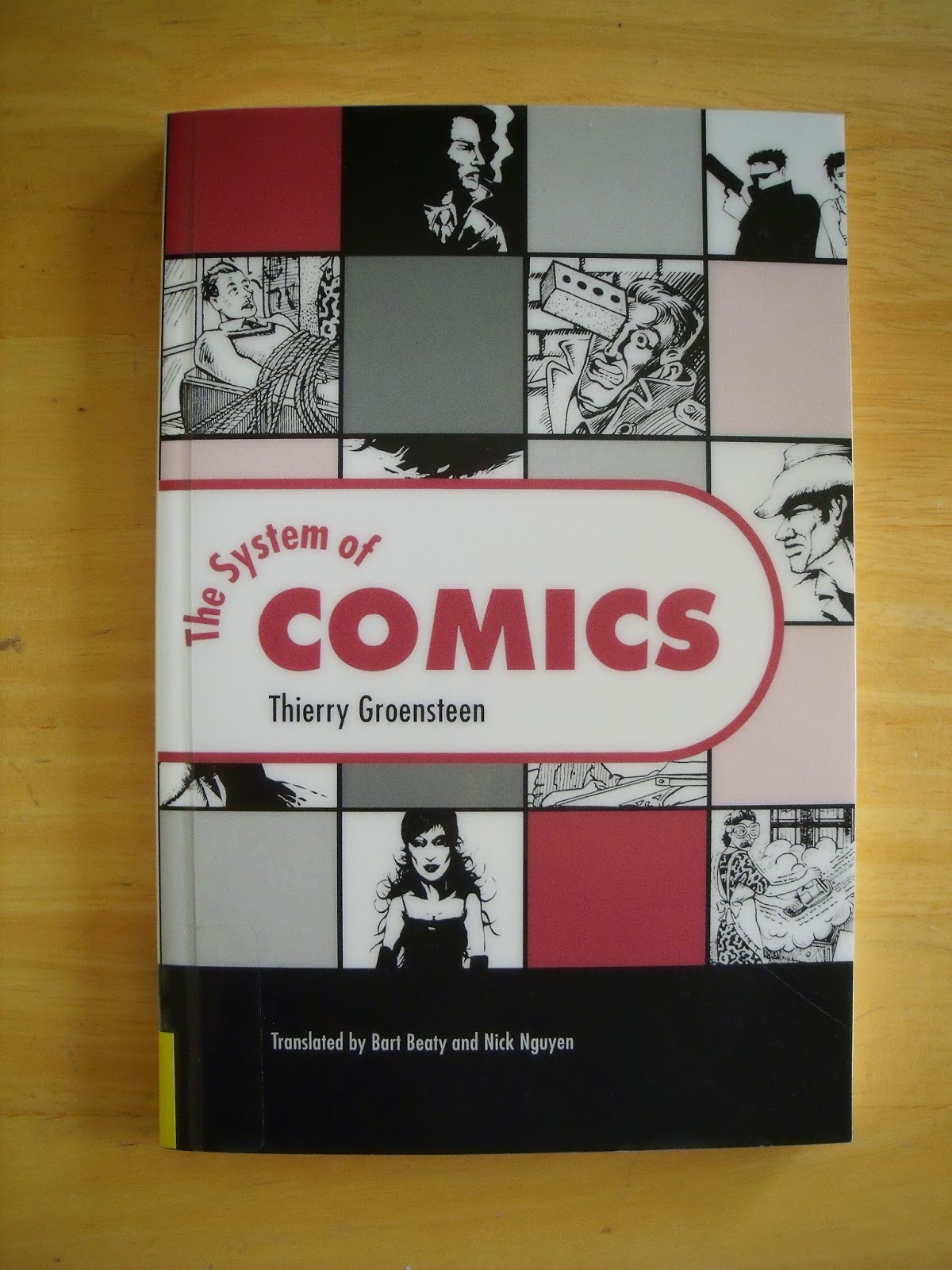The discussion held was on digital comics and how they don't really exist yet. To begin with I was a bit taken back by the start of the lecture as I thought digital comics did exist in large numbers and there was no question about it. However my eyes were opened when it was made clear that they weren't discussing the digital versions of print comics, they meant a new type of medium that we haven't experienced yet.
I hadn't considered this but the ideas thrown about in the lecture were those of the capabilities of digital and how no one has fully explored them. McCloud has previously stated in his book (either Making/Reinventing comics, not sure exactly) that with the application of digital, you could view the comic through a 'window' as opposed to a page. He made a point of there being the capability of an infinite canvas that you'd be able to view as a continuous comic strip on screen. This is just one of many possibilities that can be used with the application of digital in comics.
Sound, animation in gif or in controlled movement, interactivity, control of pace, control of direction and a number of possibilities could be achieved in this supposed medium.
Below I'll copy out the notes I made, with an attempt to make sense of some of them.
Typed up notes from the lecture:
Discussion about digital comics with Scott McCloud and Daniel Merlin Goodbrey.
Scott McCloud, known for;
Reinventing Comics
Zot!
The Best American comics
Daniel Goodbrey, known for;
Electricomics
Tarquin?
Infinite Canvas
Hypercomics
Before the internet capabilities improved (speed), comics used to be put on to CD-ROMs
Problem with webcomics - scrolling, looking for navigation.
The dimensions of many webcomics are the "WRONG SHAPE!" - McCloud (very passionate about the matter) as they are usually intended for print. This results in portrait images being displayed on landscape orientated screens, meaning the viewer has to scroll to see the full image.
"You should never take your eye off the story" - McCloud
"swipe" comics. Reading comics on screen should require minimal effort between pages.
Discussion of single currency being essential for micropayments
bitcoin
Distributors of digital comics
- Izneo
- Thrillbent
- Tanapax
- Madefire
- Comixology
10-20% sales made digital
Mention of Daniel Goodbrey's digital comic work, a game called 'Icarus Needs' and mention of a game being made called 'The Empty Kingdom'
End of notes
Goodbrey's comic/game or digital comic 'Icarus Needs' can be found here


.jpg)
.jpg)
.jpg)
.jpg)
.jpg)
.jpg)
.jpg)
.jpg)
.jpg)
.jpg)
.jpg)
.jpg)
.jpg)
.jpg)
.jpg)
.jpg)
.jpg)
.jpg)






























